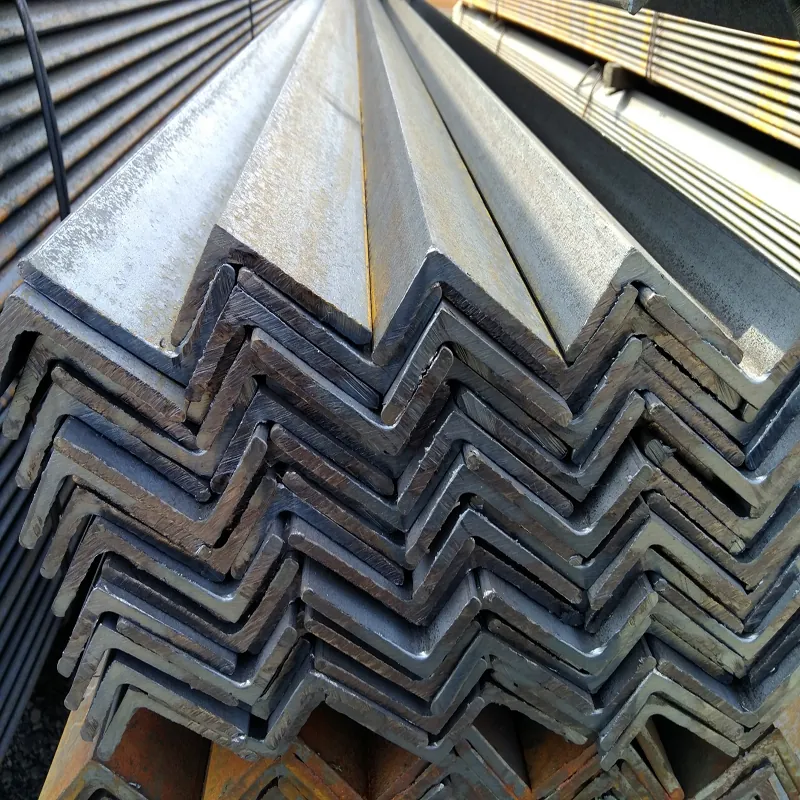When it comes to choosing the right type of angle steel for construction or manufacturing projects, understanding the differences between hot-rolled angle steel and cold-rolled angle steel is essential. Both materials have their unique advantages depending on the project requirements. This article delves into the differences between these two types of angle steel, with a focus on Soroya, a trusted name in the steel industry, offering both types to meet diverse client needs.
What is Hot-Rolled Angle Steel
Hot-rolled angle steel, such as those produced by Soroya, is made by heating the steel above its recrystallization point, making it easier to shape into the desired angle. This process is suitable for creating larger sections of steel that require higher strength, making it an ideal choice for heavy-duty construction projects. Soroya’s hot-rolled angle steel is commonly used in structural applications, including in the construction of building frames, ship beams, and industrial furnaces, due to its robustness and cost-effectiveness.
The Advantages of Cold-Rolled Angle Steel
In contrast, cold-rolled angle steel is produced at room temperature, offering a smoother finish and higher dimensional accuracy. This makes it more suited for applications where precision is critical, such as in the manufacturing of appliances and furniture. While cold-rolled angle steel offers a more polished surface and is more rigid, it typically has lower overall strength compared to its hot-rolled counterpart. Soroya provides a range of cold-rolled options for projects that require exact specifications and aesthetic quality.
Choosing Between Hot-Rolled and Cold-Rolled Steel
The decision to use hot-rolled angle steel or cold-rolled angle steel hinges on several factors, such as strength, surface finish, and the application’s complexity. For heavy-duty, load-bearing constructions, hot-rolled angle steel like those from Soroya is often the preferred choice. However, for applications where appearance and precision are essential, cold-rolled angle steel is an excellent option. Soroya’s offerings in both categories provide customers with the flexibility to choose based on their specific project needs.
Conclusion
In conclusion, both hot-rolled angle steel and cold-rolled angle steel have distinct advantages, and understanding these differences is vital for selecting the right material. With products like those offered by Soroya, engineers and manufacturers can be confident that they are choosing high-quality materials suited to their project’s requirements.
